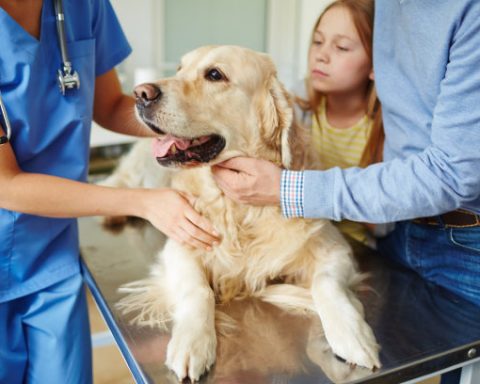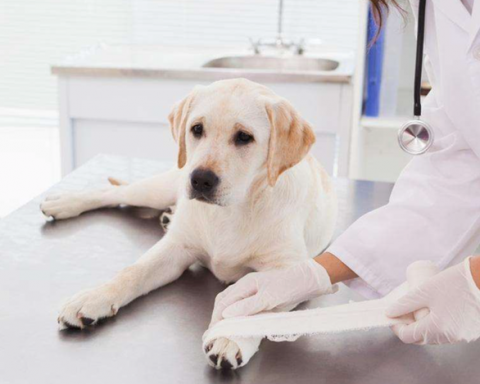Artificial respiration (medicine)
When you realize that your dog is not breathing, you have to give him artificial respiration immediately. To find out if the dog has stopped breathing, you can observe whether its chest rises and falls or put a mirror in front of its nose, if it breathes, steam should appear on the mirror.
If it is breathing, steam should appear on the mirror. However, if it is not breathing, there are a few things you must pay attention to:
- Check whether it has a heartbeat or pulse, if not, then you have to perform external cardiac pressure and artificial respiration.
- Remove any vomit, blood or debris from the dog’s mouth. Pull out the tongue and close the mouth again.
- Hold your mouth to the dog’s nose and blow into its nostrils until you see its chest rise and fall.
- Open the mouth and let the dog exhale. 5. Repeat the above steps every 5 seconds until the dog can breathe on its own or the veterinarian arrives.
If you find that your dog has no heartbeat or pulse, you will need to perform cardiac compressions and artificial respiration. First, give the dog artificial respiration, then apply three to four smooth, rapid compressions to the chest, about every second. After ten presses, resuscitate the dog. Repeat until the veterinarian arrives.
Bleeding
If you notice that your dog is bleeding profusely, apply pressure to the wound immediately to prevent further bleeding. You can use anything with suction such as gauze, towels or clothing to apply pressure to the wound for at least five minutes. If he continues to bleed, do not let go of your hand and notify your veterinarian immediately.
If necessary, you can apply a tourniquet to the wound, but to avoid aggravating the injury, try placing a finger between the tourniquet and the muscle to make sure it is not too tight. Also, loosen the tourniquet every 10 to 15 minutes for about 30 seconds, at which time you can apply pressure to the wound yourself.
Poisoning
In general, if a dog is poisoned, it will vomit, go into shock, and drool incessantly. The causes of poisoning come from plants grown at home, corrosive poisons, insecticides, chocolate, ethylene glycol, overdose of drugs or eating rotten food.
The goal of first aid is to dilute or neutralize the poison before the veterinarian arrives. If your dog is poisoned by accidentally ingesting the contents of the bottle, carefully follow the instructions on the bottle and remember to have your veterinarian take a look at it as well.
But if there is no instruction on the bottle, you can take the following methods:
- If your dog has eaten some corrosive or petroleum-based substances, or if it is very uncomfortable or even unconscious, you should go to your veterinarian immediately, because under these circumstances, it is never appropriate for you to provide first aid for it on your own.
- If the dog has ingested any other poison, feed it one teaspoon of hydrogen peroxide for every 10 pounds of body weight. If necessary, feed him again every 5 minutes.
- Give the dog two cups of water or one cup of milk to dilute the toxin in its stomach.
- If the poison gets on the skin, wash it immediately with plenty of water. If the poison contains oil, bathe the dog with water and liquid soap.
- For any form of poisoning, appropriate antidotes are available at veterinary clinics, so it is essential to take your dog to a clinic for treatment.

